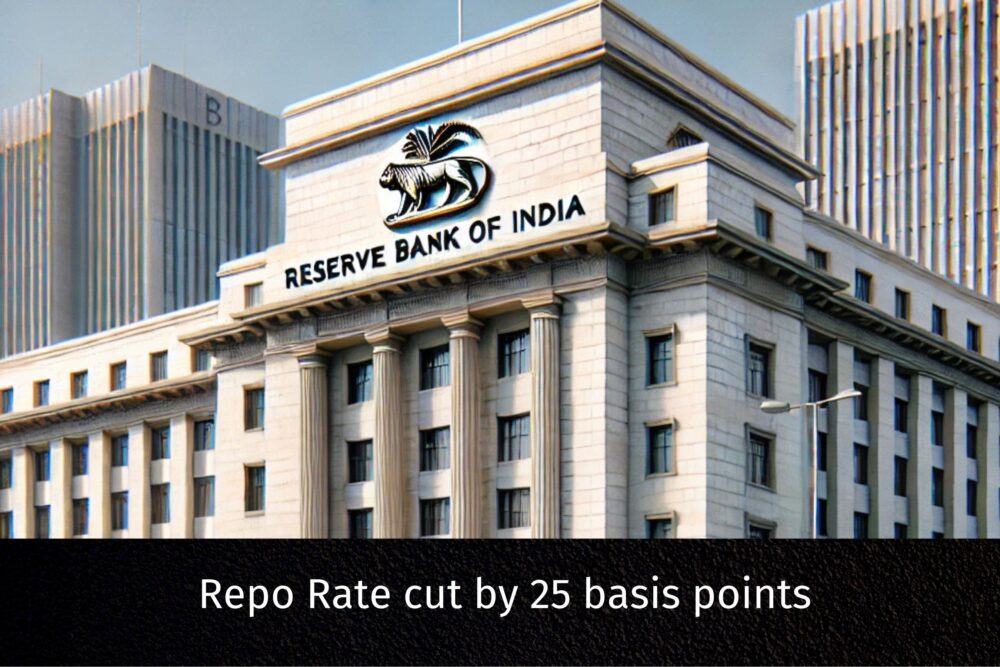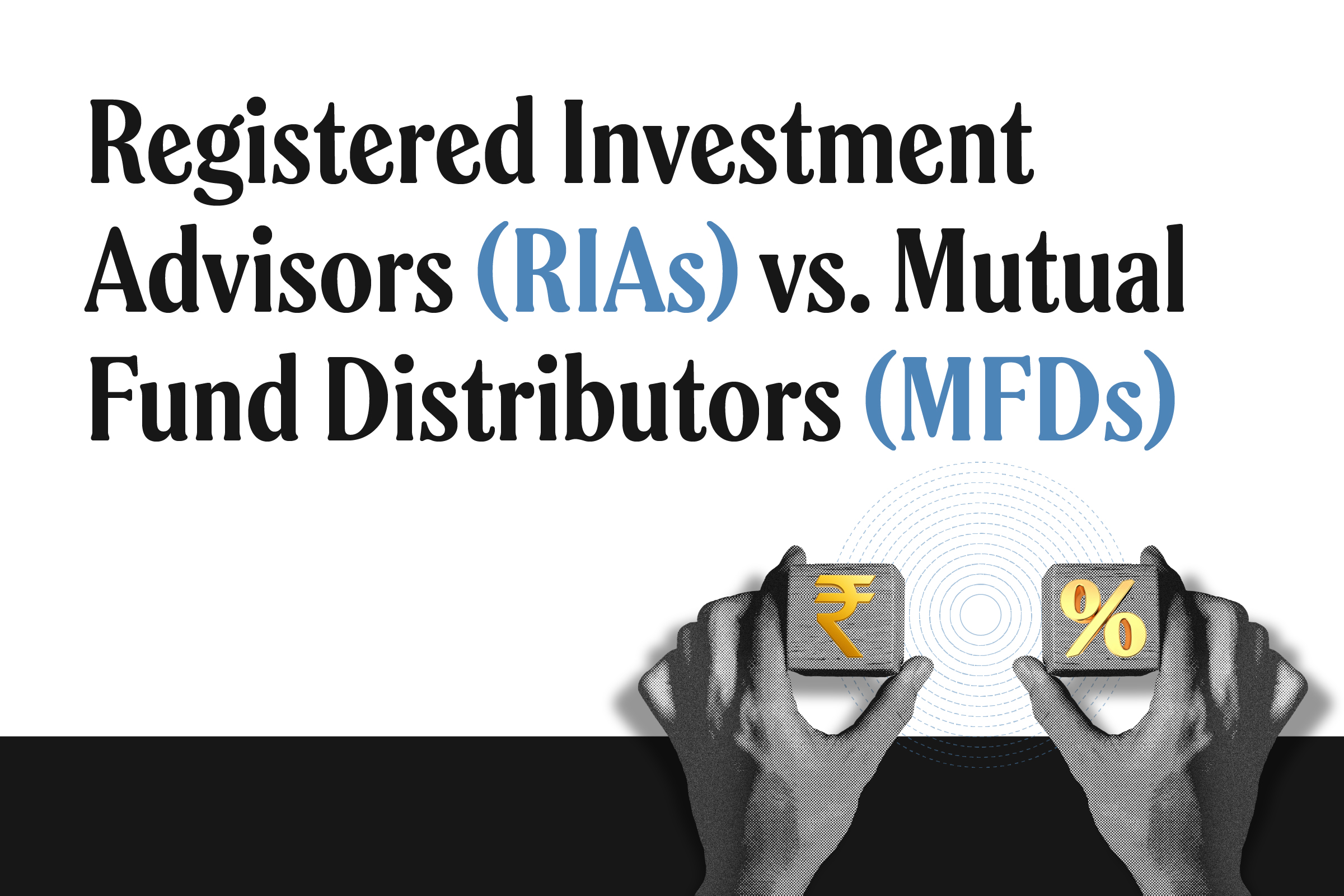The Reserve Bank of India (RBI) uses the repo rate to regulate the flow of money in the economy. When inflation is high, the RBI raises the rate to slow down borrowing. When economic growth slows, it lowers the rate to encourage lending and investment.
Today, on February 7, 2025, the RBI reduced the repo rate from 6.50% to 6.25%. This is the first reduction in nearly five years.
With inflation expected to be 4.2% in FY26, this decision was driven by easing inflationary pressures and concerns over slowing economic growth. The move aims to make borrowing cheaper for businesses and consumers. The apex bank of India is shifting its focus, and this rate cut will have a direct impact on loans, savings, and investments.
How a Repo Rate Cut Impacts Loans and EMIs
If you are planning to take a loan or already have one, this rate cut could make borrowing cheaper. When the repo rate is lowered, banks can borrow from the RBI at a lower cost. In turn, they reduce interest rates on home loans, car loans, and personal loans, making them more affordable.
For example, if you have a ₹50 lakh home loan for 20 years, this rate cut could reduce your monthly EMI by ₹607–800. This will save you ₹4.2–4.36 lakh over the full loan tenure. However, this varies depending on the type of loan.
Remember:
- New borrowers benefit immediately as banks adjust their lending rates if response to the repo rate cut.
- Existing borrowers with floating-rate loans may see a delay in the benefit. Banks typically revise interest rates at fixed intervals (every 6 to 12 months), meaning borrowers will have to wait until their reset date to see lower EMIs.
- Fixed-rate loans remain unaffected unless they are refinanced.
What Happens to Fixed Deposits and Savings?
While a repo rate cut is good news for borrowers, it is not favorable for FD investors. Lower interest rates mean that banks will also reduce fixed deposit (FD) rates, decreasing returns for those who rely on FDs for stable income, particularly affecting retirees and conservative investors.
Many investors shift their money from FDs to debt mutual funds, bonds, or stocks to seek better returns. However, not all alternatives are equally safe:
- Short-duration debt funds may offer higher returns than FDs but carry interest rate risks.
- Stocks offer higher potential growth but come with market volatility and require careful assessment.
What Should You Do Now?
Here’s what Animesh Hardia, SVP, Quantitative Research @1FinanceHQ shared:
“3 Simple Things You Can Do with Your Personal Finances After RBI Cuts the Repo Rate by 25 Basis Points:
- Review Your Investments: It’s extremely important to diversify in 2025. More importantly, avoid concentrating your investments in just a few asset classes.
- Review Your Loan Terms: A 25-basis-point rate cut might seem small, but the total amount of interest you can save over the loan tenure can be significant.
- Track Your Income Distribution: Monitor how your income is split between expenses, EMIs, and investments. As the full impact of the 25-basis-point cut spreads through the economy, one of the biggest changes will be in your cash flows.”
Will the Benefit Be Passed on Quickly?
Although the repo rate has been lowered, banks do not always pass on the full benefit to borrowers. Historically, banks in India have transmitted only 40–60% of repo rate changes due to risks like non-performing assets (NPAs) and liquidity constraints.
- Short-term loans (such as personal and auto loans) may see quicker rate reductions.
- Long-term home loans take longer because banks use short-term deposits to fund long-term loans, causing a delay in passing lower rates to existing borrowers.
What you should watch out for:
In the last five rate cut cycles covering the last 20 years, anytime the repo rate was cut in response to an economic slowdown rather than a significant financial crisis, Gold outperformed the Nifty 50 in the subsequent one-year period. This demonstrates gold’s potential to o set risks, especially during phases of monetary policy transitions.
| Date of First Rate Cut | Reason | Repo Rate (Starting) | Repo Rate (1Y Later) | 1Y Returns (Gold) | 1Y Returns (Nifty 50) |
|---|---|---|---|---|---|
| 20 Oct 2008 | GFC Crisis | 9.00% | 4.75% | 11% | 64% |
| 17 Apr 2012 | Private capex slowdown | 8.50% | 7.50% | 12% | 8% |
| 14 Jan 2015 | Export weakness | 8.00% | 6.75% | -4% | -9% |
| 07 Feb 2019 | Growth deceleration | 6.50% | 5.15% | 23% | 9% |
| 26 Mar 2020 | COVID-19 Emergency | 5.15% | 4.00% | 51% | 68% |
Source: ACE MF, 1 Finance Research Gold prices as of Gold London AMR (INR)
In the last five rate cut cycles covering the last 20 years, anytime the repo rate was cut in response to an economic slowdown rather than a significant financial crisis, Gold outperformed the Nifty 50 in the subsequent one-year period. This demonstrates gold’s potential to o set risks, especially during phases of monetary policy transitions.








